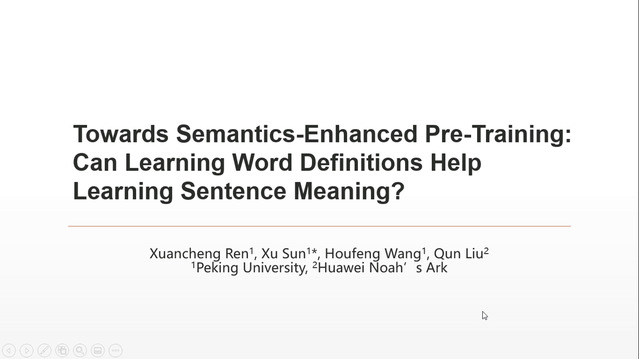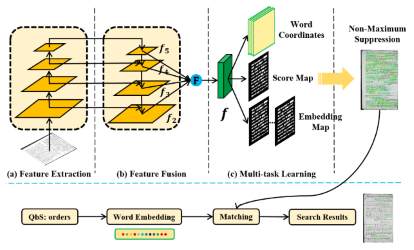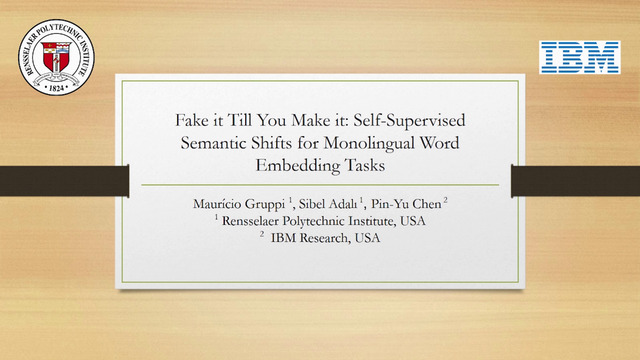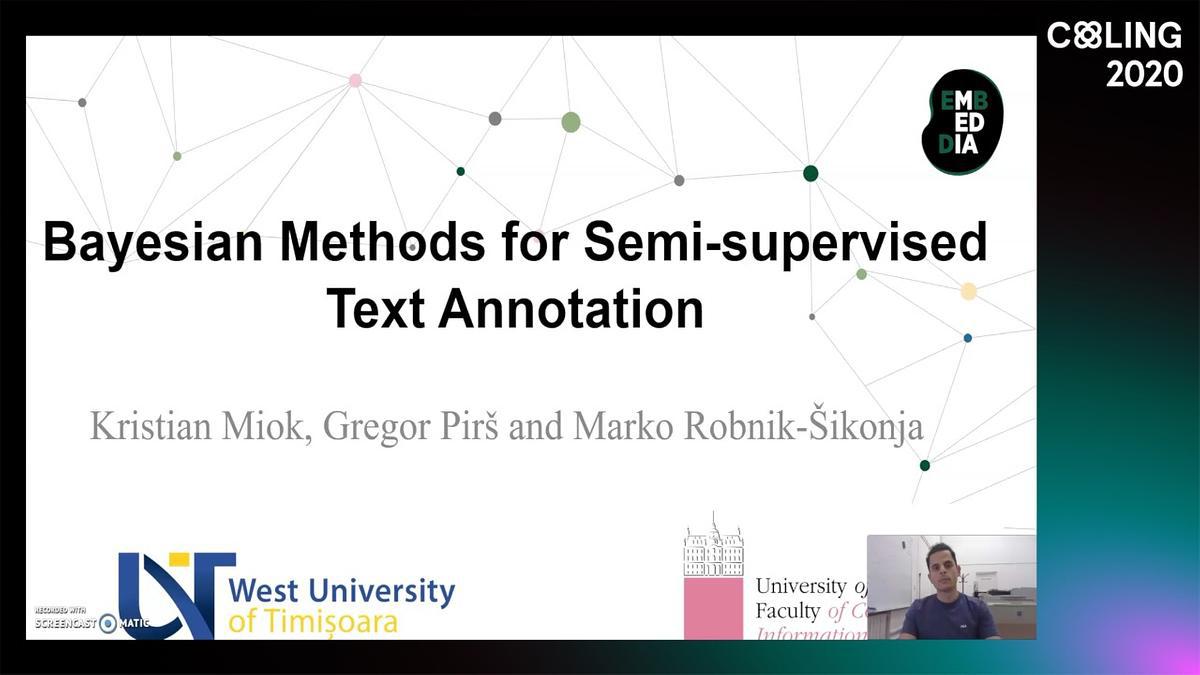Abstract:
Word embedding methods have become the de-facto way to represent words, having been successfully applied to a wide array of natural language processing tasks. In this paper, we explore the hypothesis that embedding methods can also be effectively used to represent spatial locations. Using a new dataset consisting of the location trajectories of 729 students over a seven month period and text data related to those locations, we implement several strategies to create location embeddings, which we then use to create embeddings of the sequences of locations a student has visited. To identify the surface level properties captured in the representations, we propose a number of probing tasks such as the presence of a specific location in a sequence or the type of activities that take place at a location. We then leverage the representations we generated and employ them in more complex downstream tasks ranging from predicting a student’s area of study to a student’s depression level, showing the effectiveness of these location embeddings.









































